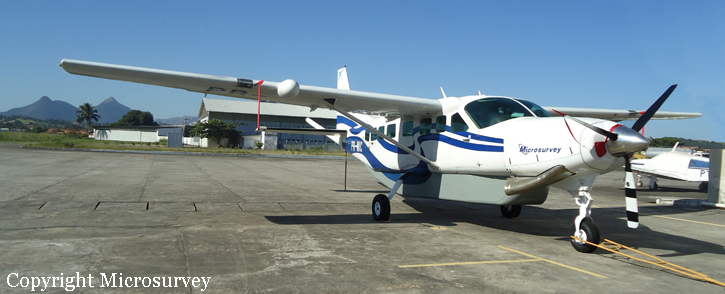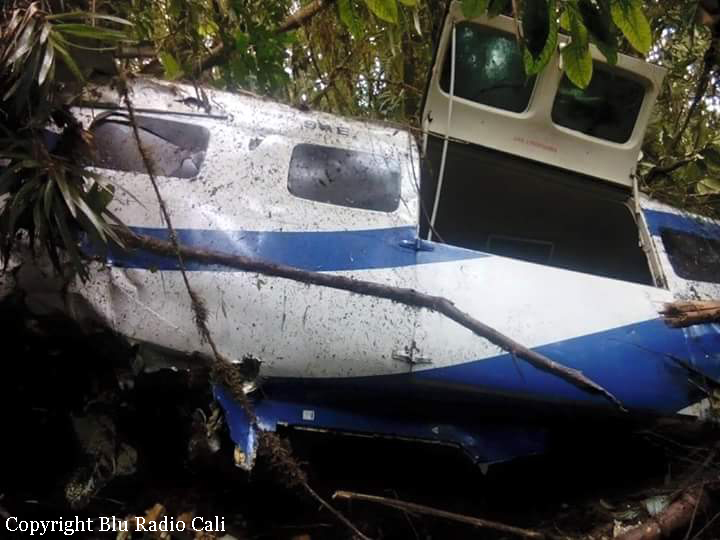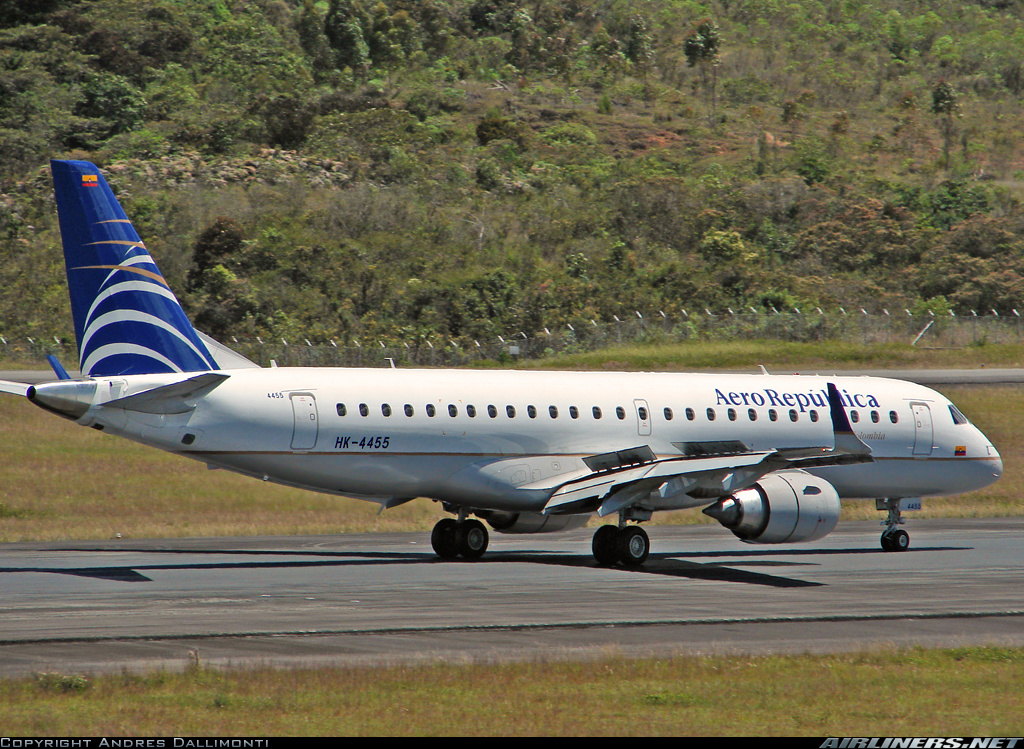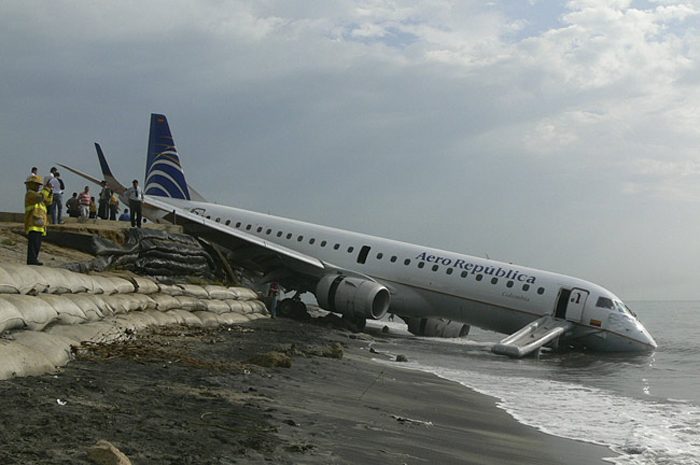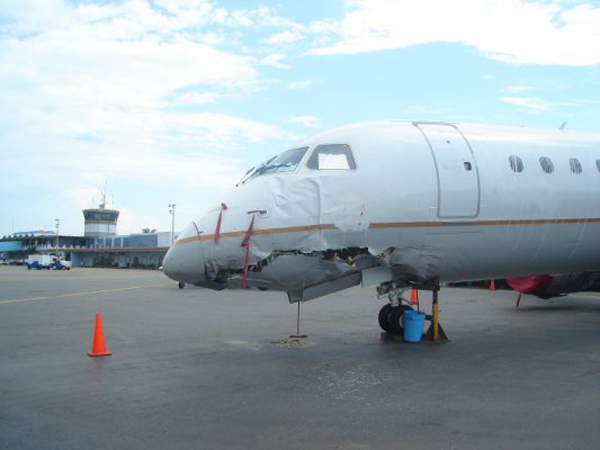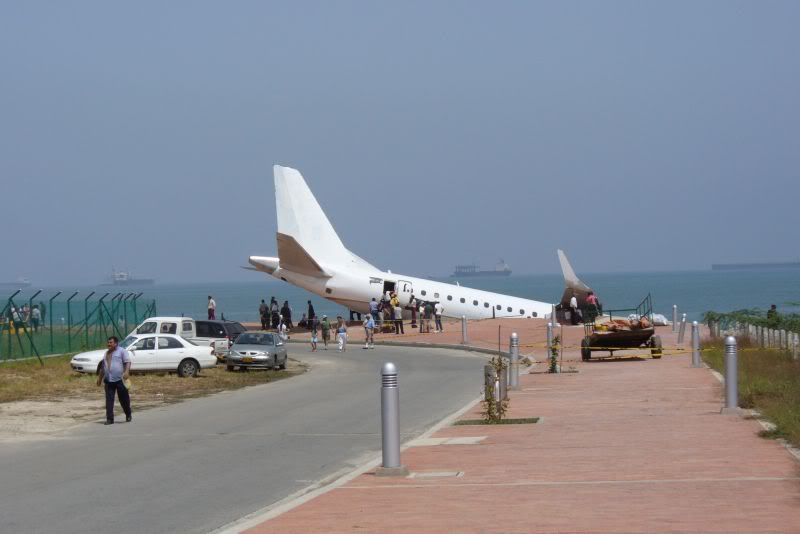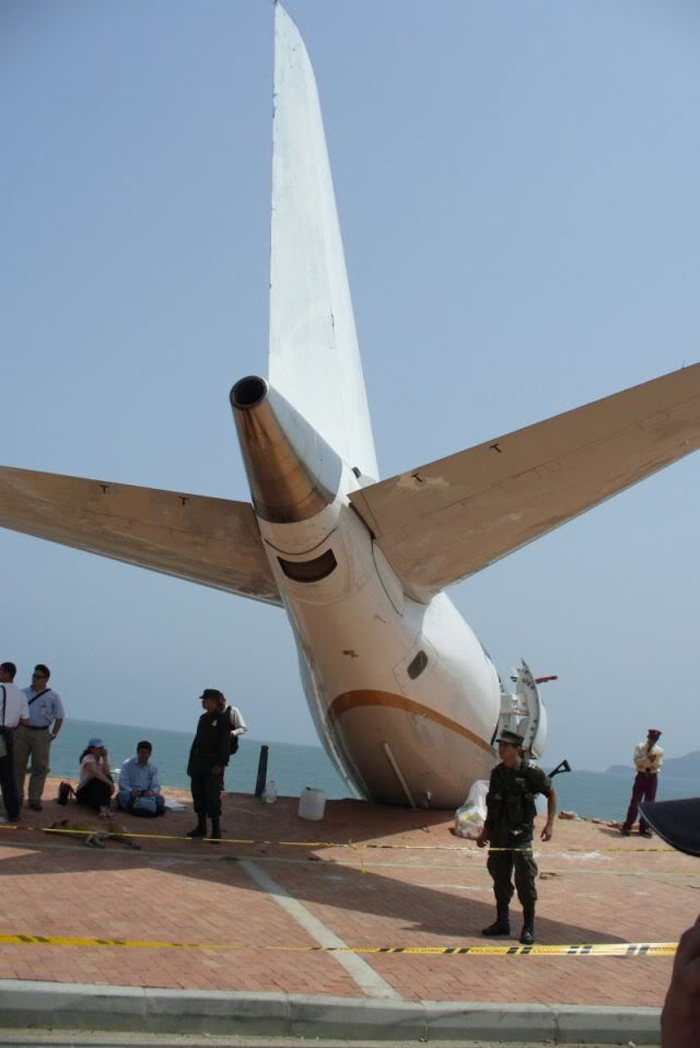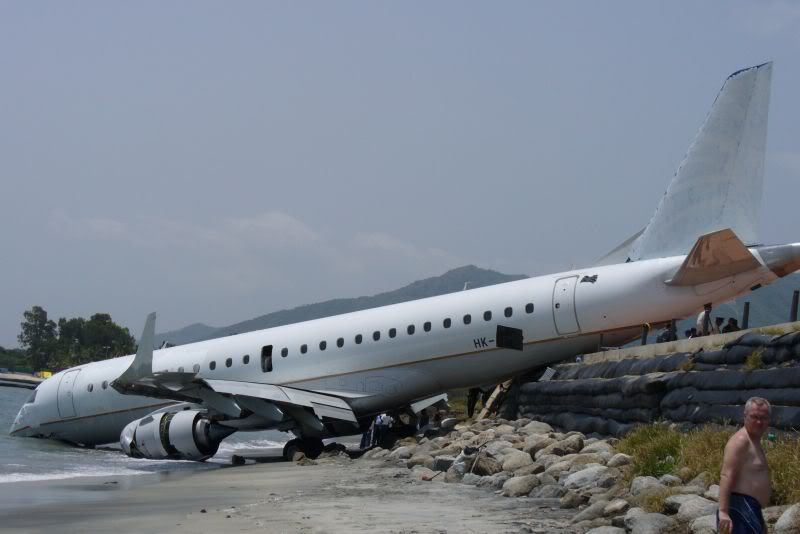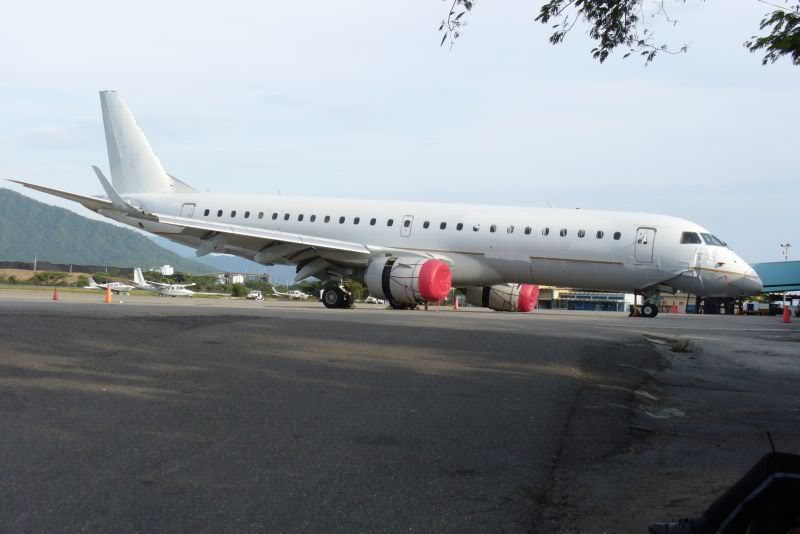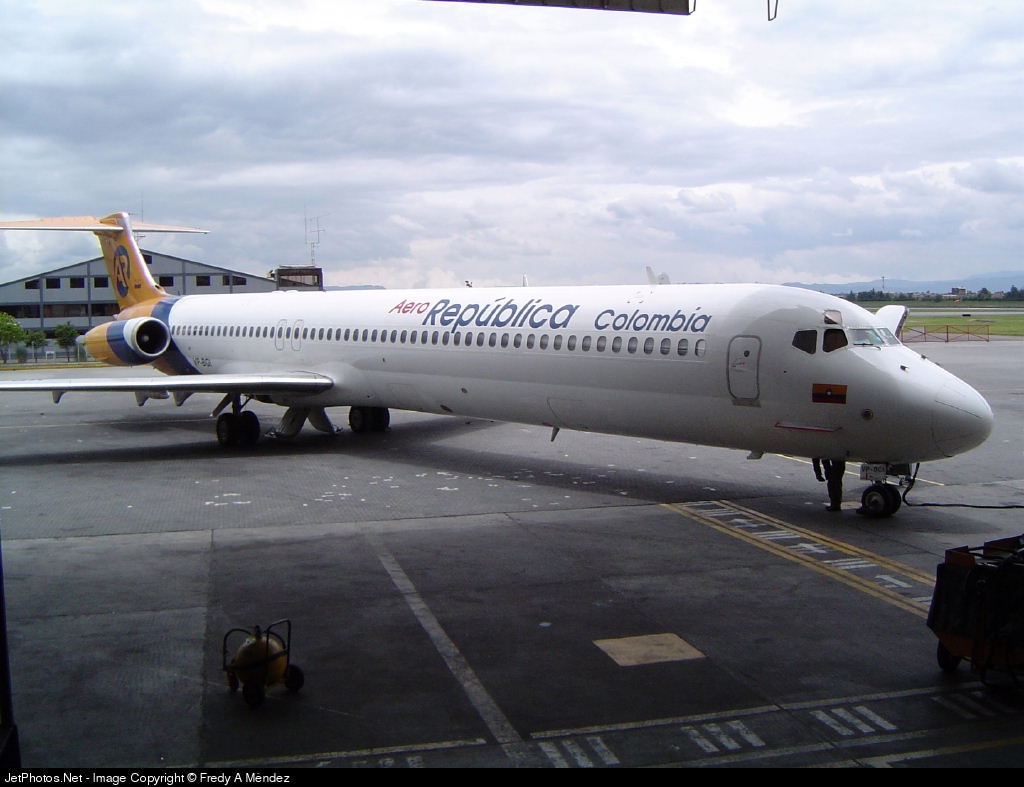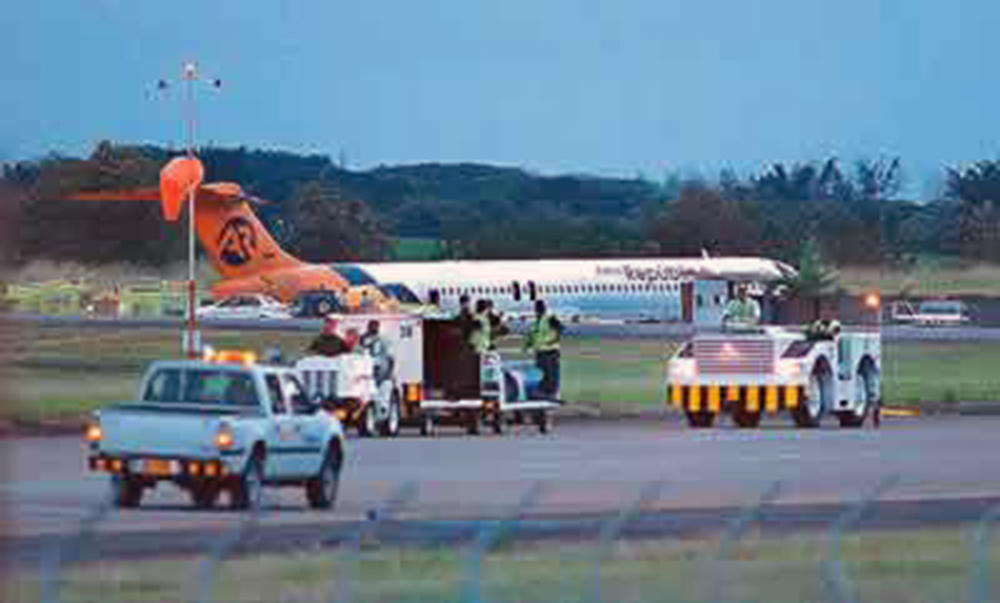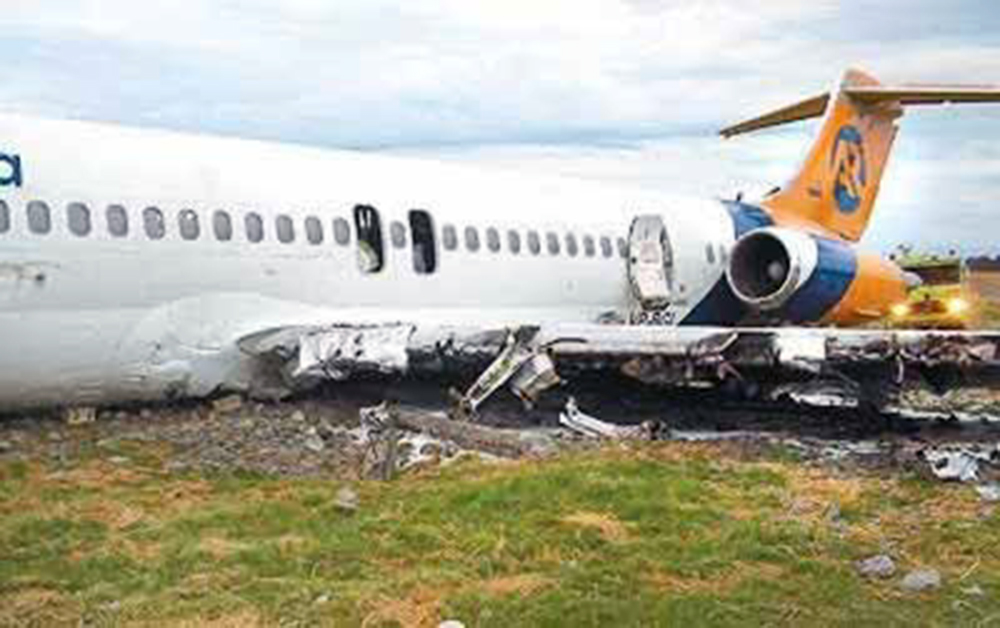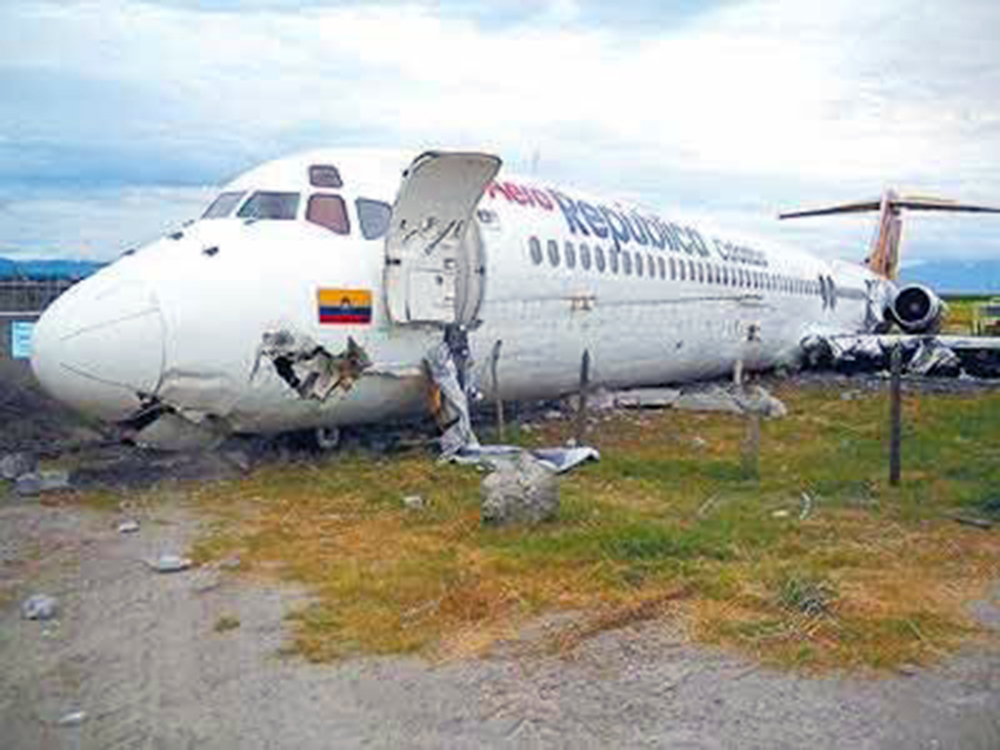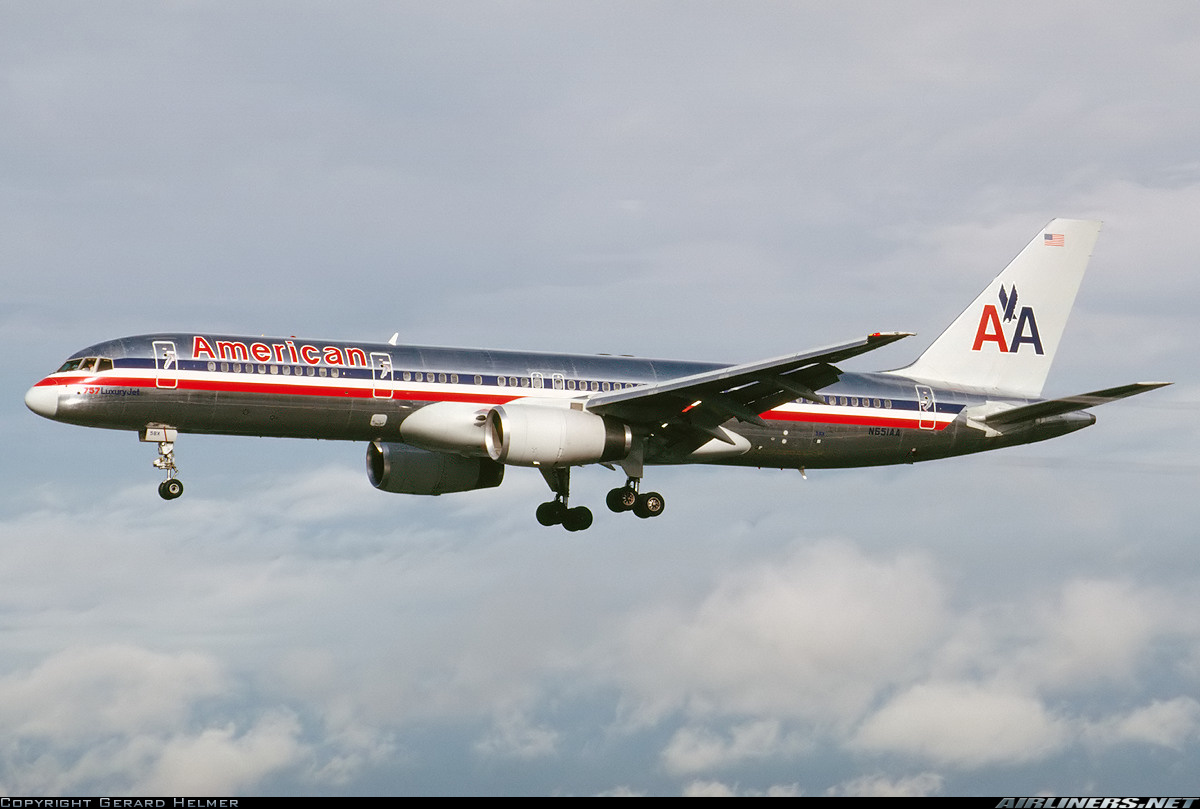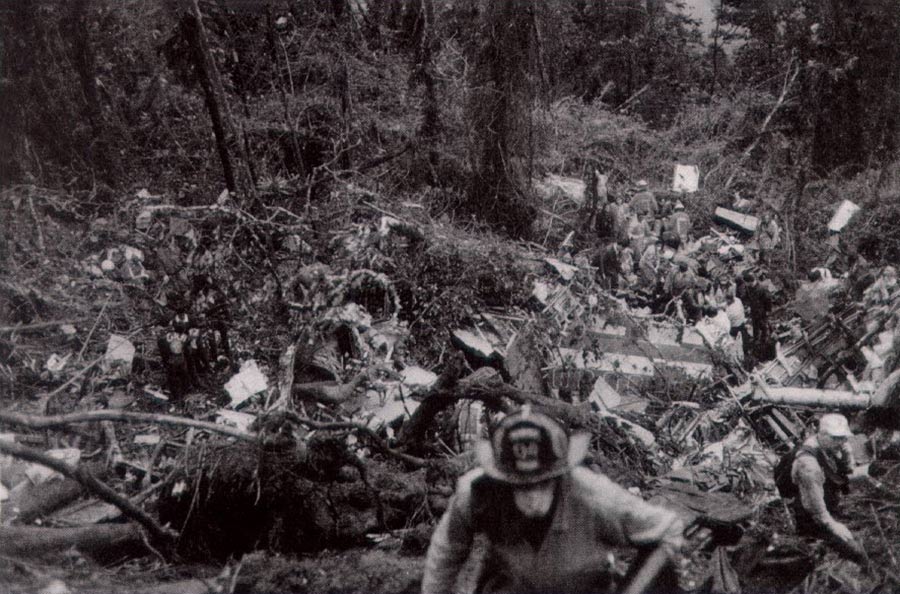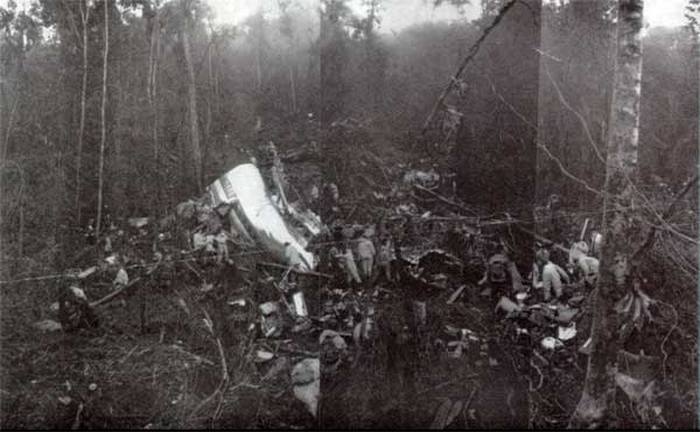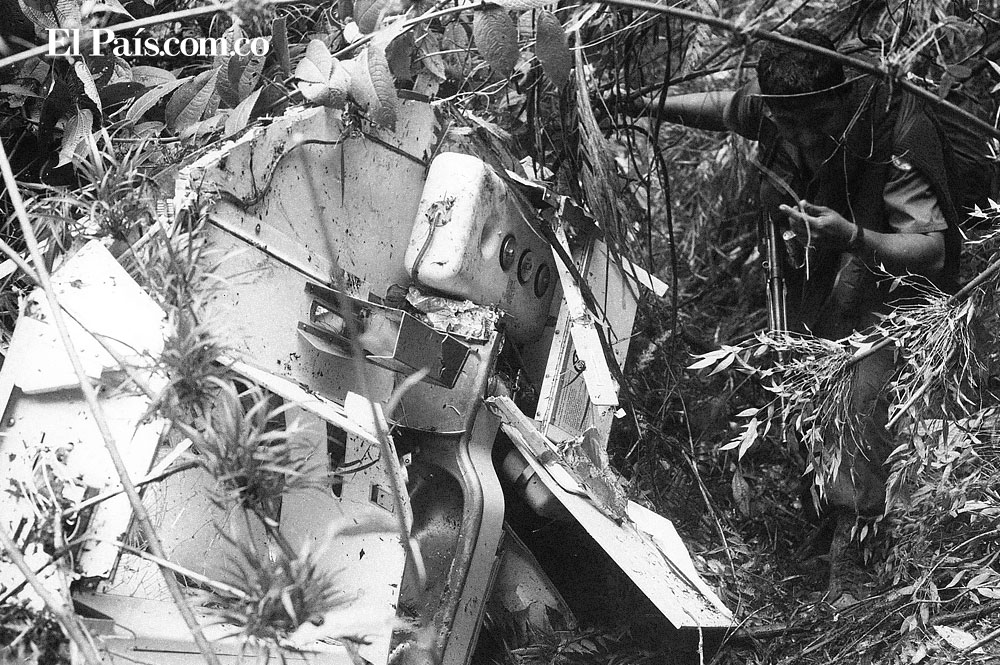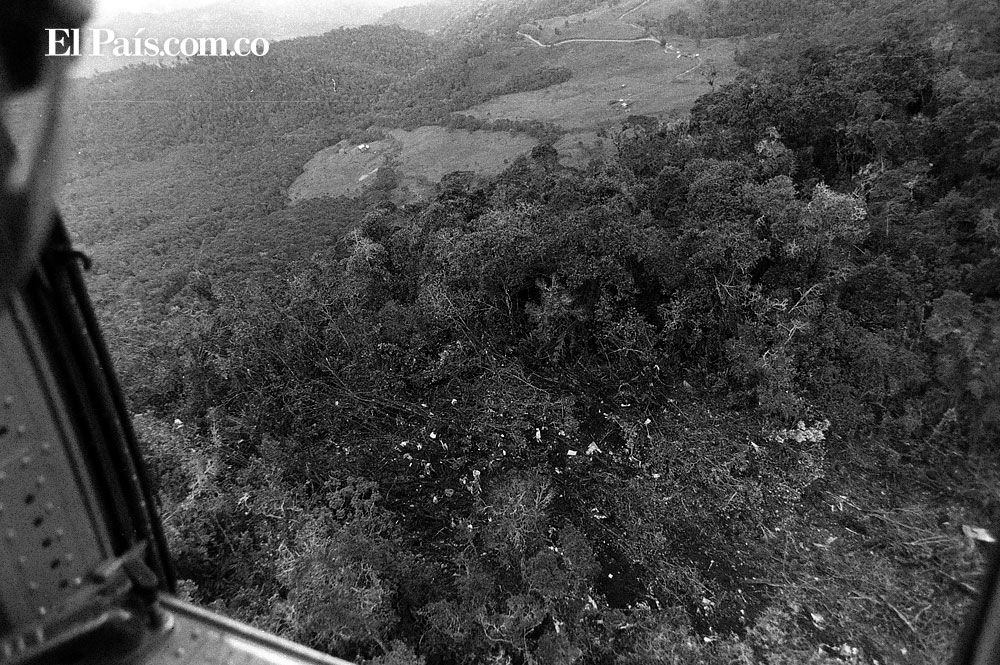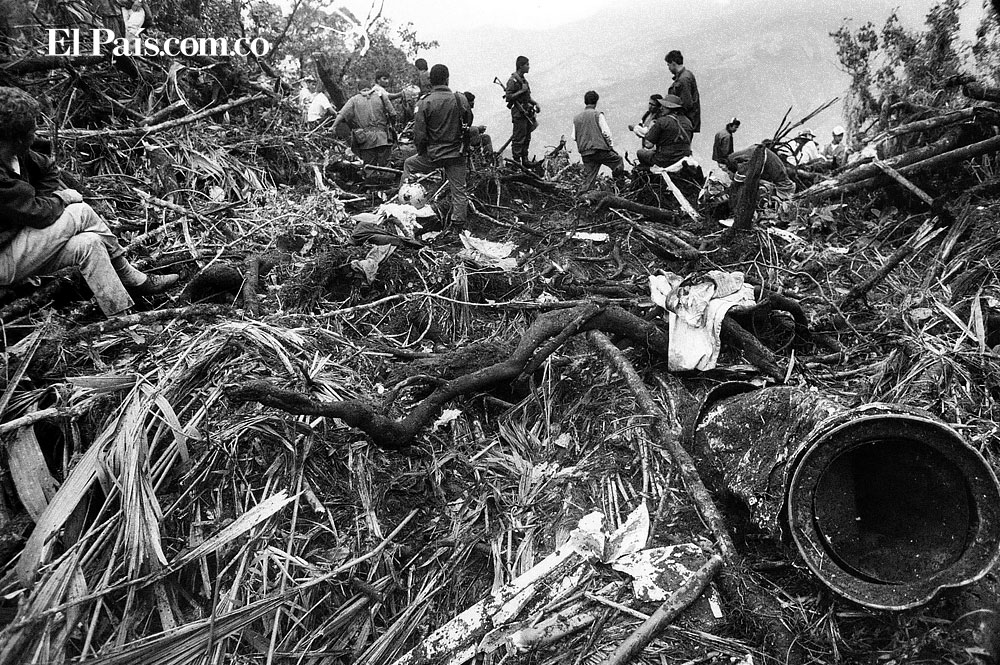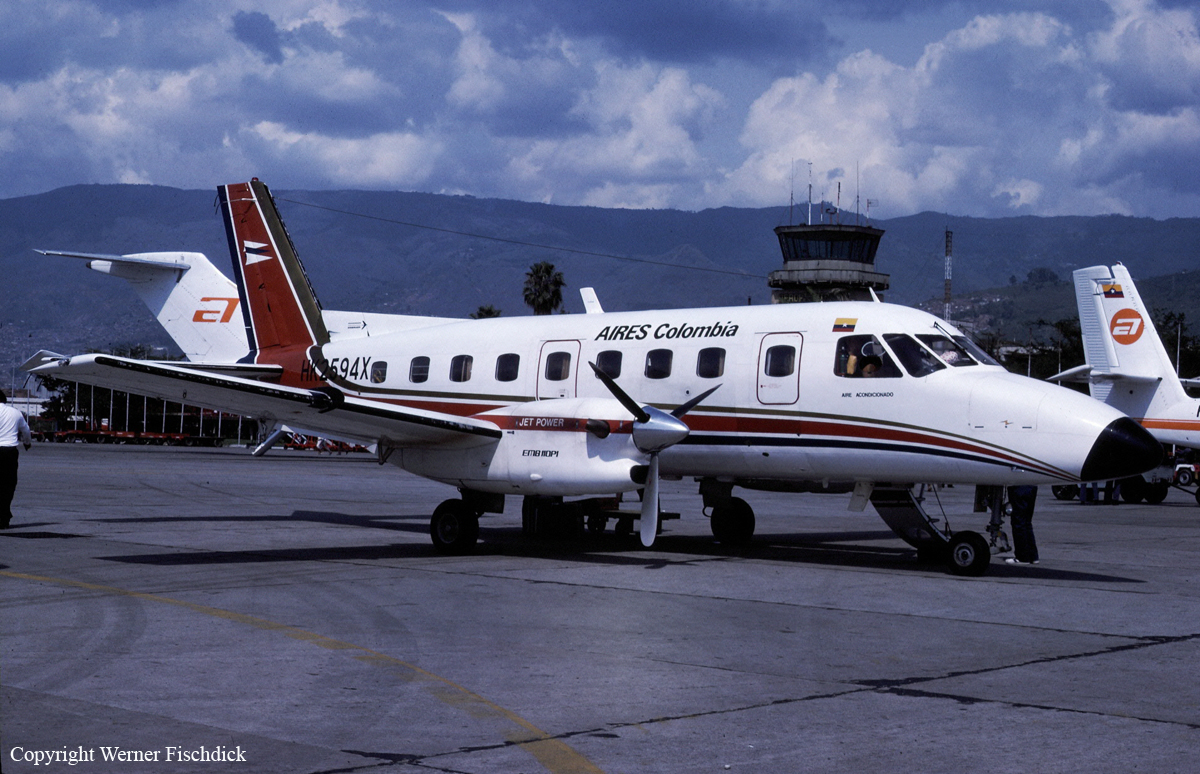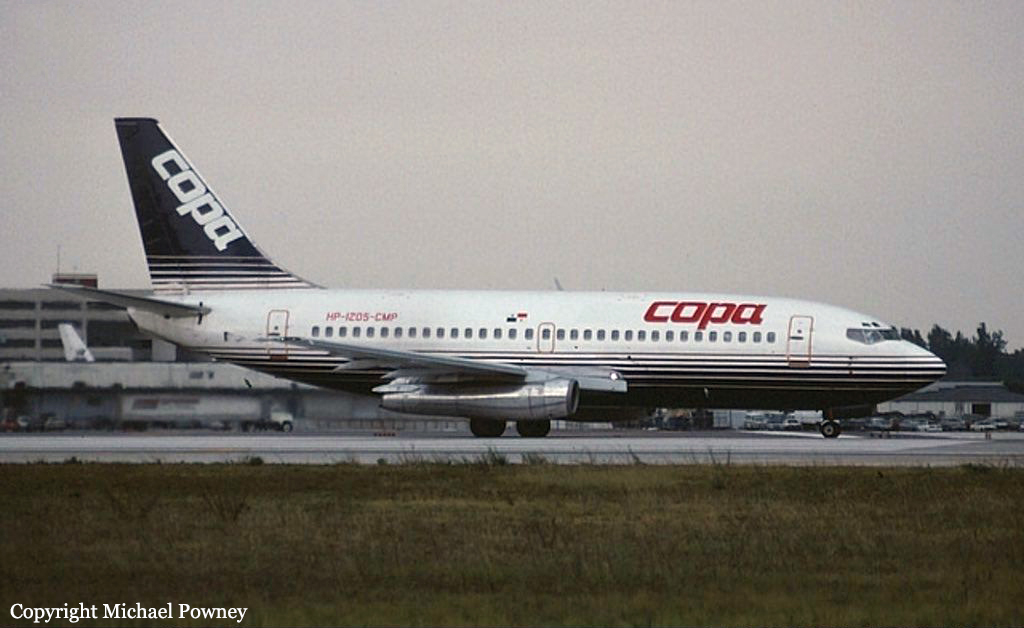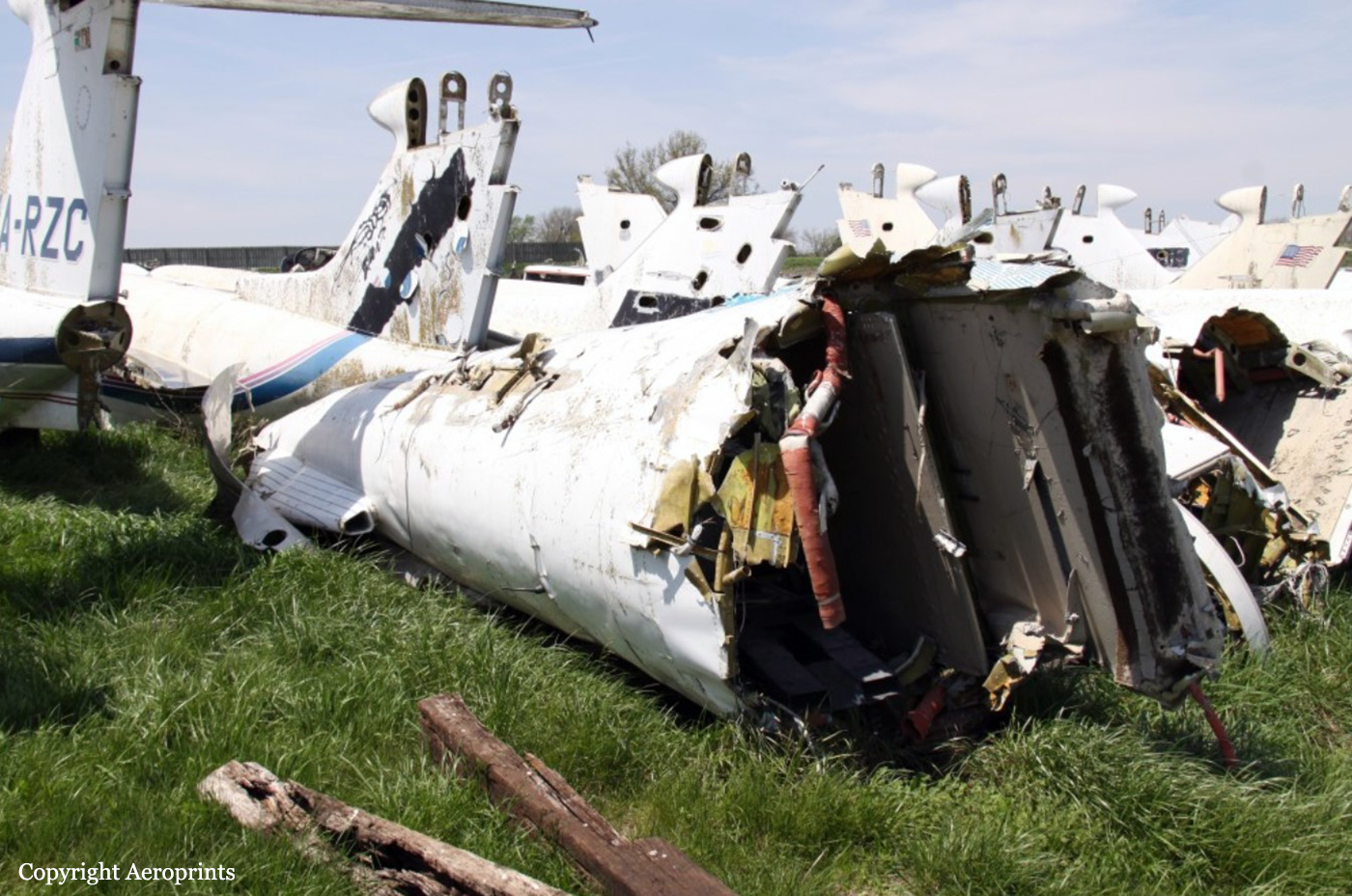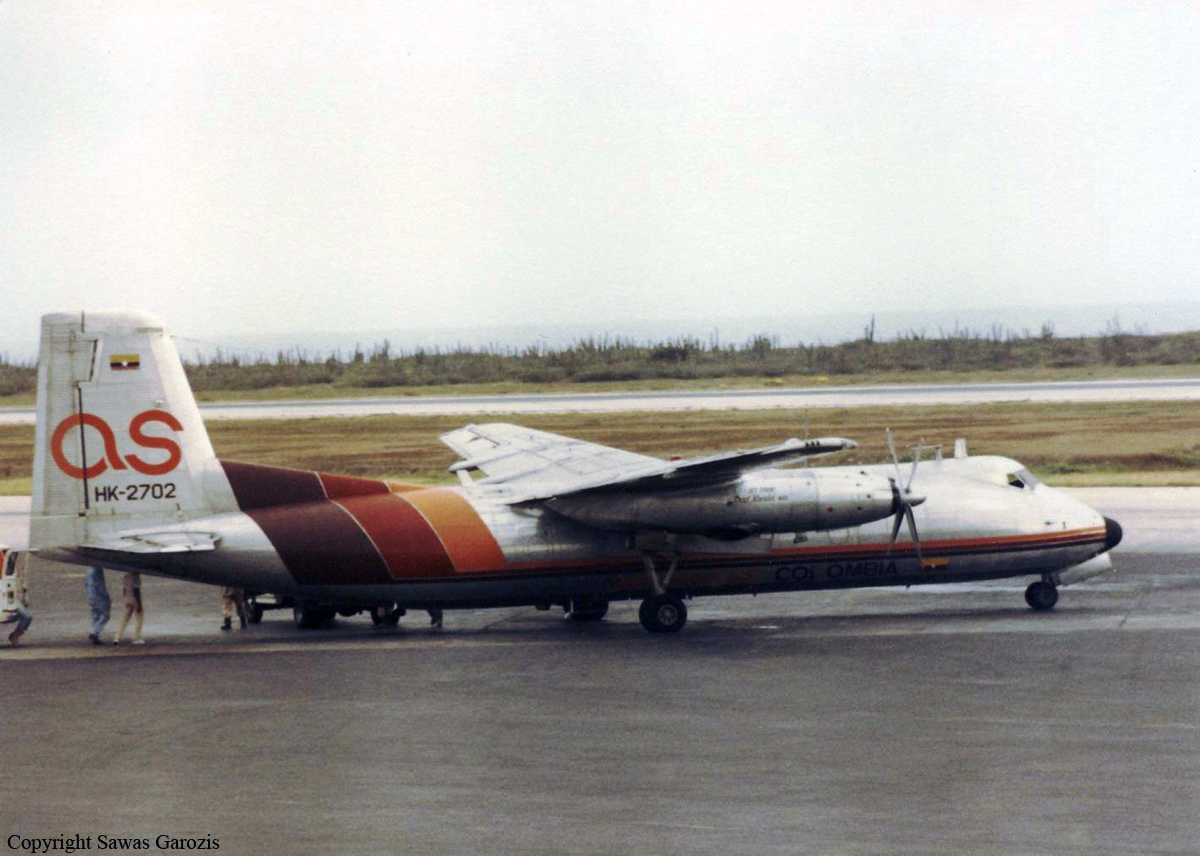Crash of a Cessna 208B Grand Caravan near Yumbo: 3 killed
Date & Time:
Oct 14, 2015 at 1146 LT
Registration:
PR-MIC
Survivors:
No
Schedule:
Cali - Cali
MSN:
208B-0841
YOM:
2000
Crew on board:
3
Crew fatalities:
Pax on board:
0
Pax fatalities:
Other fatalities:
Total fatalities:
3
Captain / Total hours on type:
4155.00
Copilot / Total hours on type:
1029
Aircraft flight hours:
10519
Circumstances:
The single engine airplane departed Cali-Alfonso Bonilla Aragón Airport on an geophysical exploration mission of the south part of Chocó, carrying three crew members, two pilots and one operator in charge of the LIDAR equipment. At 1144LT, the crew reported his altitude at 5,600 feet. Two minutes later, while cruising in poor visibility, the aircraft struck trees and crashed in wooded and hilly terrain near Yambo. The wreckage was found few hours later and all three occupants were killed.
Probable cause:
The following factors were identified:
- Controlled flight into terrain,
- Execution of a VFR flight in reduced visibility weather conditions,
- Poor decision making by the crew in continuing VFR operation as they were in an environment of significantly reduced visibility,
- Inadequate operational risk assessment due to the lack of familiarity of the foreign crew with the topography and meteorological evolution of the sector.
- Controlled flight into terrain,
- Execution of a VFR flight in reduced visibility weather conditions,
- Poor decision making by the crew in continuing VFR operation as they were in an environment of significantly reduced visibility,
- Inadequate operational risk assessment due to the lack of familiarity of the foreign crew with the topography and meteorological evolution of the sector.
Final Report:
